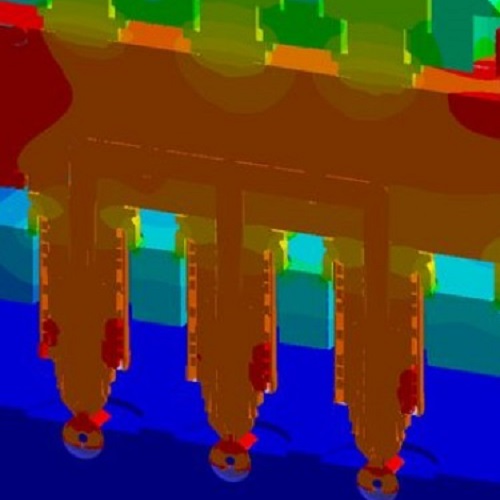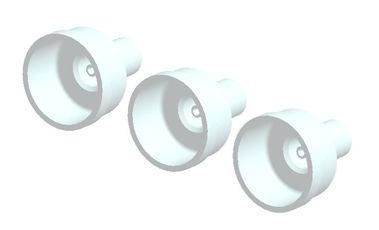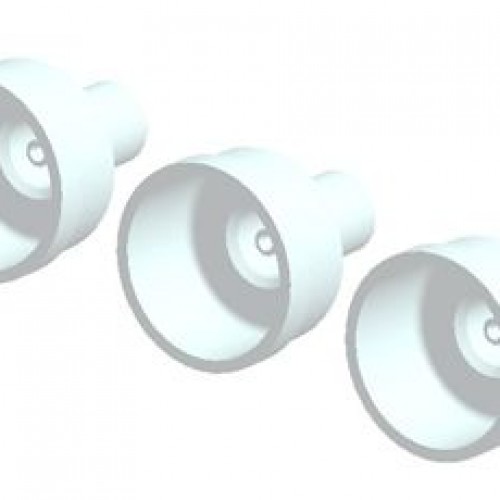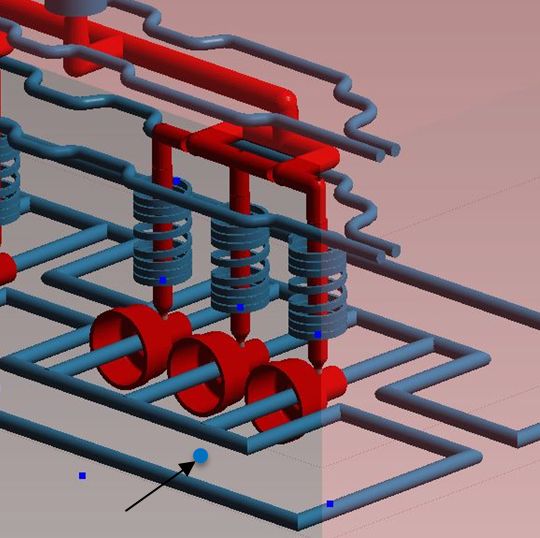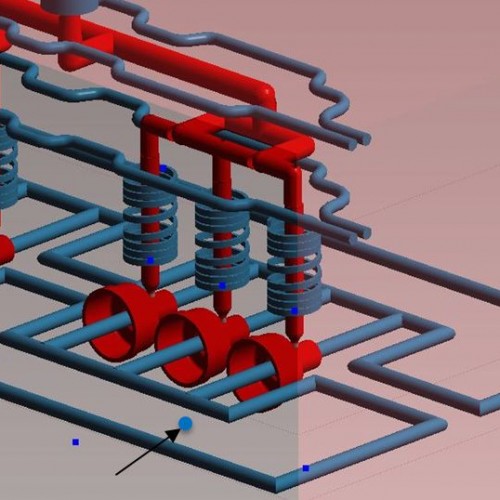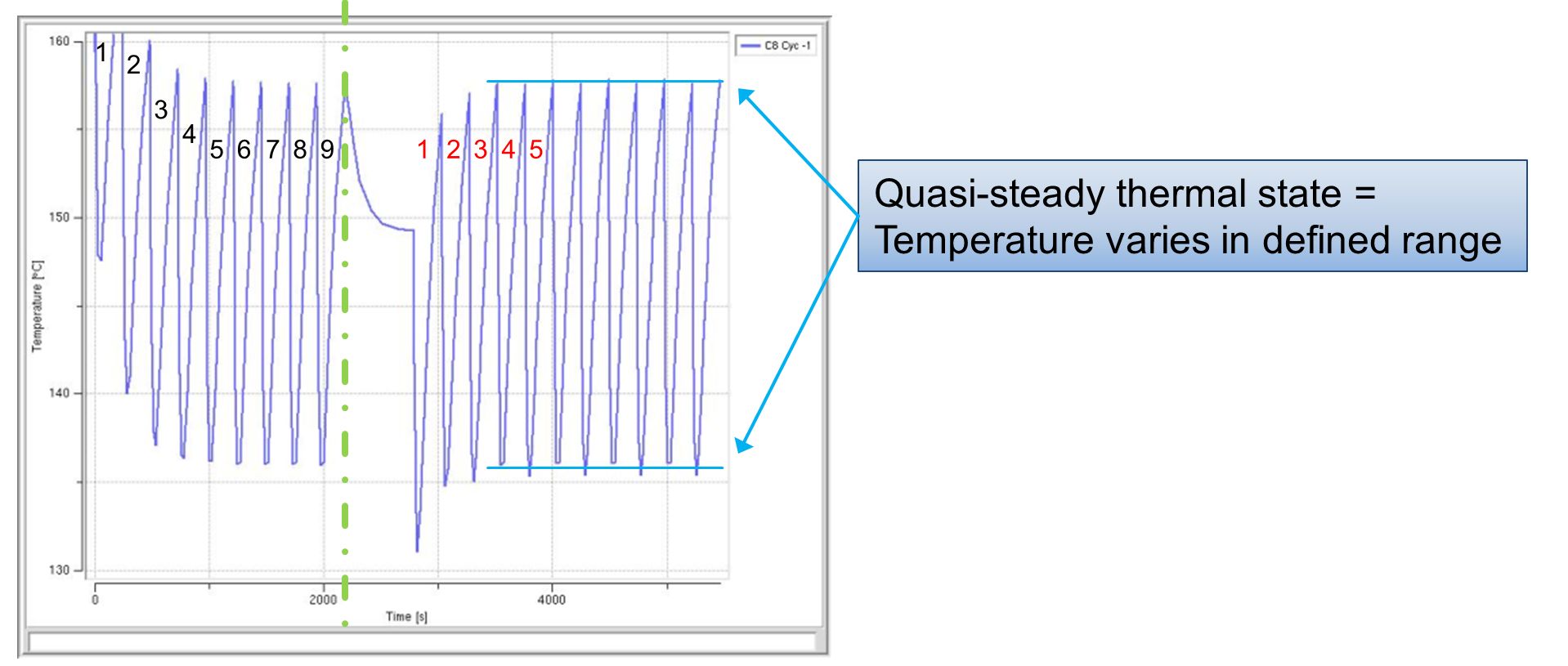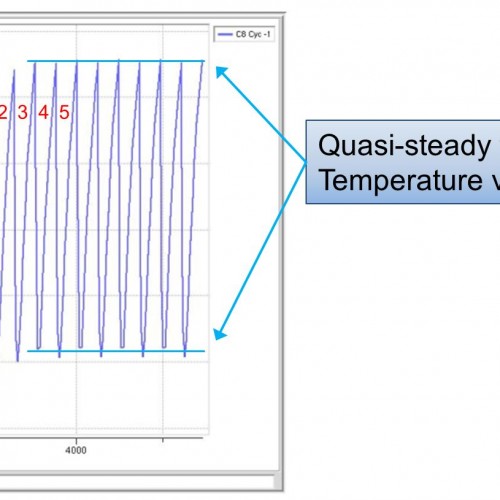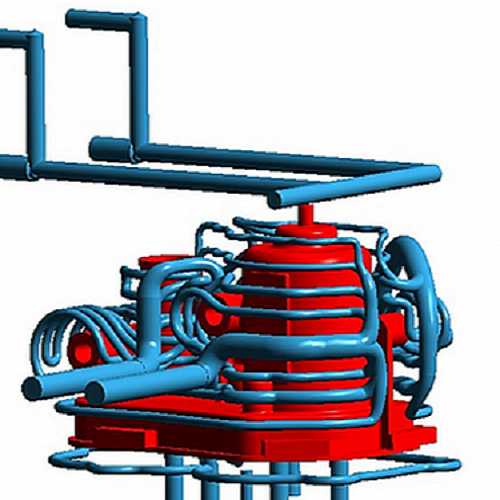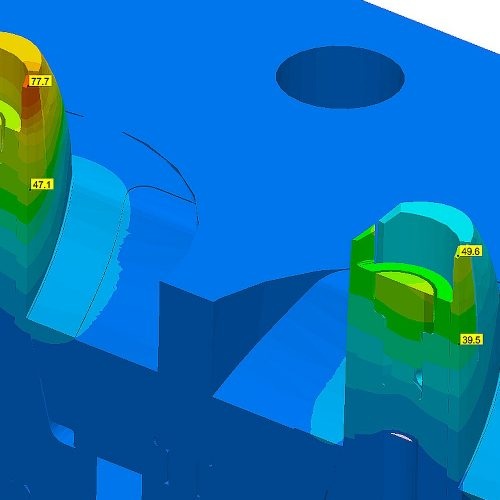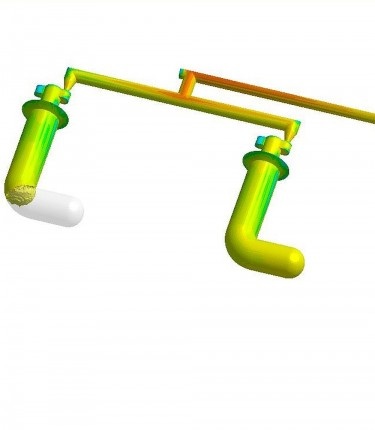Molded parts for medical applications all have something in common: a need to meet the highest quality standards regarding product safety and process reliability. In order to guarantee these standards, the production process must be carefully optimized. Once a process window is found to produce the parts under the quality requirements, this window is certified and the production conditions are used as a reference for a long time. When the process window is fixed, a minimum of scrap cycles is defined to ensure product quality.
A molder designed a six-cavity mold with a hot runner, to mold the parts presented in Figure 1. Initially, it was defined that 20 cycles should be run after every process interruption before starting production to guarantee a high quality. However, this number of start-up cycles produced a significant amount of scrap, and the production team reached out to SIGMA in order to analyze the current process and to identify the minimum number of scrap cycles needed.
The complete mold with all its components was reproduced in SIGMASOFT® Virtual Molding. Virtual thermocouples were placed at the locations seen in Figure 2. Temperature was to be monitored at these locations and “thermal steadiness” was defined as the criteria to define the process as stable and part quality as good.
The process was defined just as in reality, and initially nine production cycles were “run” virtually. Then, the mold was opened for several seconds and the production was restarted. The temperatures at the locations of the virtual thermocouples changed as shown in Figure 3. The mold already reached a thermal steady state after 5 cycles, as can be seen in the Figure, thus the amount of scrap could be reduced by 75%.
